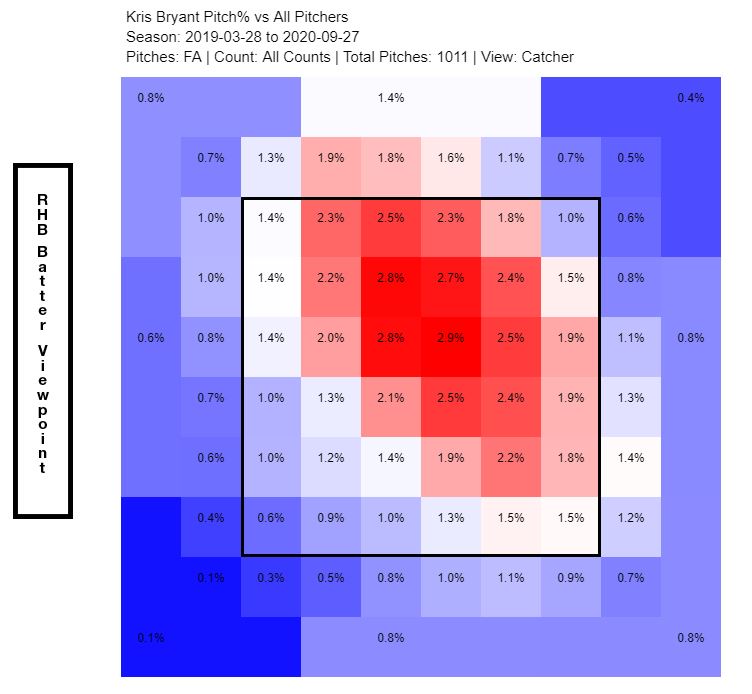The Cubs’ Big Three Is Back
The 2020 Cubs won the NL Central, but they did it in a fairly unusual way, getting minimal contributions from Anthony Rizzo, Kris Bryant, and Javier Báez. In 151 combined games, their trio of stars combined for a mere 1.6 WAR, mostly coming from Rizzo (1.0); back when the Cubs won the World Series in 2016, Bryant alone racked up nearly eight wins. Last season, players like Ian Happ and Willson Contreras were the ones who propelled the team to October baseball, not the old core.
With Báez, Bryant, and Rizzo all set to enter free agency this offseason, the Cubs, as in many a heist movie, hoped to bring back the old crew for one last big score in 2021. But unlike many good yarns about high-stakes thievery, the Cubs largely ignored the supporting cast. The studio had cut the budget, an obvious necessity what with the Cubs playing in a tiny, small-market city, boasting merely the fourth-best attendance in baseball in 2019, and the reality that no owner in baseball history has ever made money. Yu Darvish was off to film a high-budget action movie in San Diego; the only primary member of the 2019 rotation still on the roster in ’21 is Kyle Hendricks.
Without much in the way of new blood, they needed their old core to shine one last time. And luckily for the Cubs, this is largely what has happened. In a similar number of games as the 2020 season, our troika of protagonists has combined for 4.8 WAR, tripling their contribution from the prior season. With the addition of Nolan Arenado, the Cardinals got most of the preseason NL Central ink but the Cubs have been more impressive at the box office. Read the rest of this entry »


